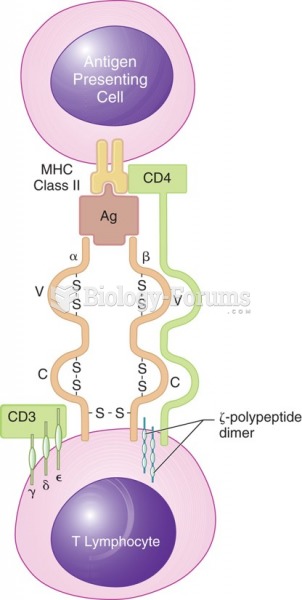Answer to Question 1
Ideal Answer: The ideal answer should:
1. Explain that the cruelties associated with the Atlantic slave trade helped to end the system as did the rise of the Industrial Revolution in England.
2. Note that in the late 1700s, British politicians such as William Wilberforce, Granville Sharp, and Thomas Clarkson began a religiously based moral crusade against slavery and the slave trade.
3. Point out that Britain's antipathy to the slave trade helped abolition because the British dominated the trade.
4. Explain that the English realized that industry and trade rather than plantation slave-based agriculture provided the most profits during the 1800s.
5. Note that Britain banned the slave trade in 1807. The U.S. followed suit in 1808. But American, Brazilian, and Spanish slavers defied abolition of the slave trade for decades.
6. Conclude that slavery continued in the Americas because of the high demand for cotton and sugar for factory development and elite market sale.
Answer to Question 2
Ideal Answer: The ideal answer should:
1. Define that slave ships (called slavers) varied in size but grew larger over the centuries. A ship's tonnage determined how many slaves it could carry, with the formula being two slaves per ton. A ship of 200 tons might therefore carry 400 slaves.
2. Note that captains often ignored the formula and kept their human cargo light, calculating that smaller loads lowered mortality and made revolt less likely.
3. Point out that most captains were tight packers who squeezed human beings together hoping that large numbers would offset increased deaths.
4. Explain that the slavers' cargo space was generally only five feet high. Ships' carpenters halved this vertical space by building shelves, so slaves might be packed above and below on planks that measured only 5.5 feet long and 1.3 feet wide. Consequently, slaves had only about 20 to 25 inches of headroom.
5. Conclude that to add to the discomfort, the crews chained male slaves together in pairs to help prevent rebellion and lodged them away from women and children. Crewmen often strung nets along the sides of the ship to prevent African suicide attempts.







